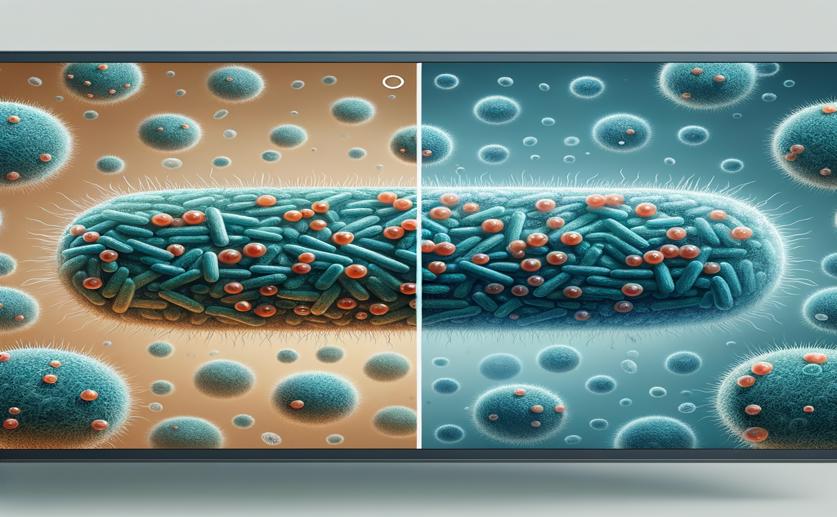
Gene Regulation Changes in Bacteria Due to Micacocidin Production Gene Deletion
Jim Crocker
29th May, 2024

Image Source: Natural Science News, 2024
Key Findings
- Researchers at Kochi University found that the soil-borne bacterium Ralstonia solanacearum relies on the siderophore micacocidin for iron acquisition
- Deleting the gene responsible for micacocidin production significantly reduced the bacterium's ability to scavenge iron and its virulence in tomato plants
- The deletion of this gene also altered the expression of over 80% of genes regulated by the PhcA transcriptional regulator, affecting key bacterial behaviors
References
Main Study
1) The Micacocidin Production-Related RSc1806 Deletion Alters the Quorum Sensing-Dependent Gene Regulation of Ralstonia pseudosolanacearum Strain OE1-1.
Published 28th May, 2024
https://doi.org/10.1094/MPMI-12-23-0203-R
Related Studies
2) Bacterial iron homeostasis.
Journal: FEMS microbiology reviews, Issue: Vol 27, Issue 2-3, Jun 2003
3) Iron uptake and metabolism in pseudomonads.
4) The impact of transition metals on bacterial plant disease.



 5th May, 2024 | Jenn Hoskins
5th May, 2024 | Jenn Hoskins